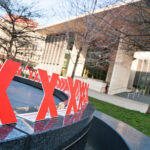From 2010 to 2015, TEDxGrandRapids (TEDxGR) brought the spirit of TED to West Michigan, filling the Civic Theater with 800+ attendees each year and simulcasting the event to area high schools. Over its five-year run, TEDxGR became known not only for the quality of its speakers but for the unique approach taken in curating both our audience and the experience as a whole.
As TEDx events go, we embraced TED’s mission of “ideas worth spreading” but adapted it in a way that resonated deeply with our city. While TEDx events are typically centered around local voices, TEDxGrandRapids sought to inspire a creative, entrepreneurial class by bringing in thought leaders from around the world. Only one speaker each year was local. Our belief was simple: by exposing the Grand Rapids community to bold, innovative ideas from beyond our borders, we could create a space for new partnerships, ventures, and most importantly, open minds.
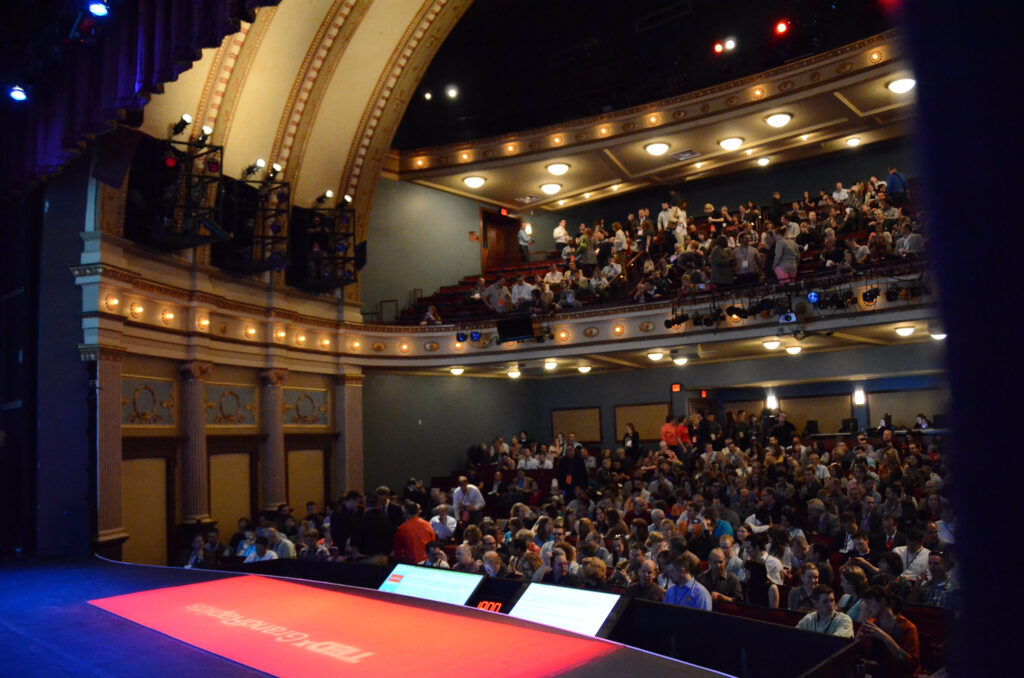
From the start, I was involved in TEDxGrandRapids as a key advisor and co-lead, later transitioning into the lead organizer role. Alongside a passionate team of 20+ volunteers, I was tasked with developing the event’s vision and theme, curating a world-class lineup of speakers, and securing the financial resources to make it all happen. We raised over $200,000 annually through sponsorships to bring these events to life—all on a volunteer basis.
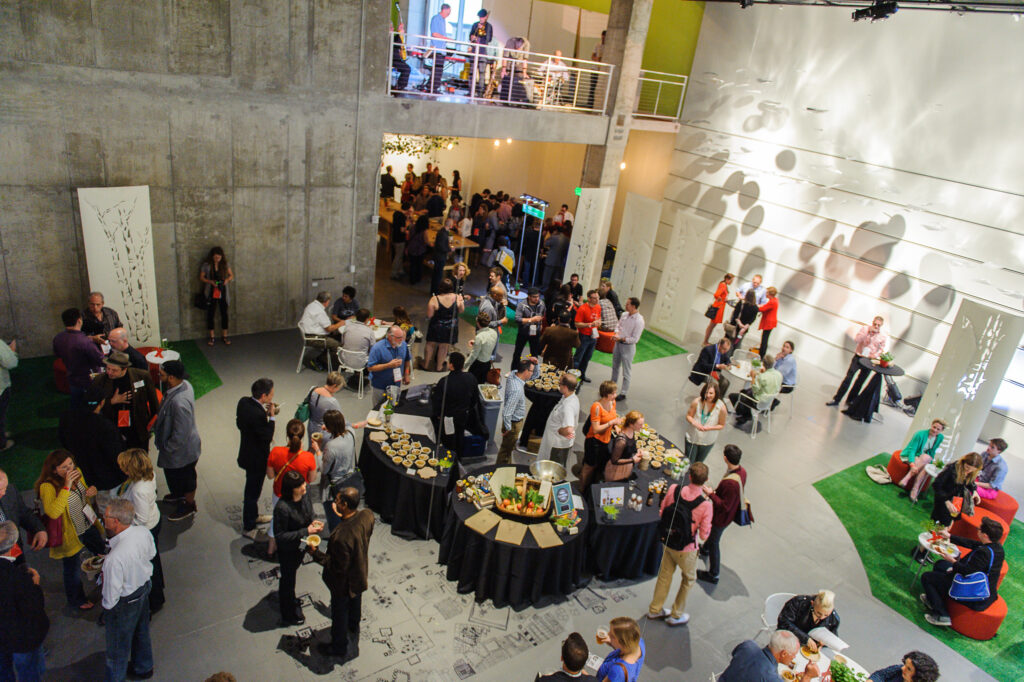
Each year, we crafted themes like Constant Change, What Now, and What’s Connected, but these weren’t meant to guide the speaker selection. Instead, the themes served as lenses through which our audience could engage with the talks, inviting them to consider, “What does this talk have to do with change?” or, “How is this connected to everything else?” This wasn’t just about delivering information—it was about fostering deep reflection and dialogue among attendees.
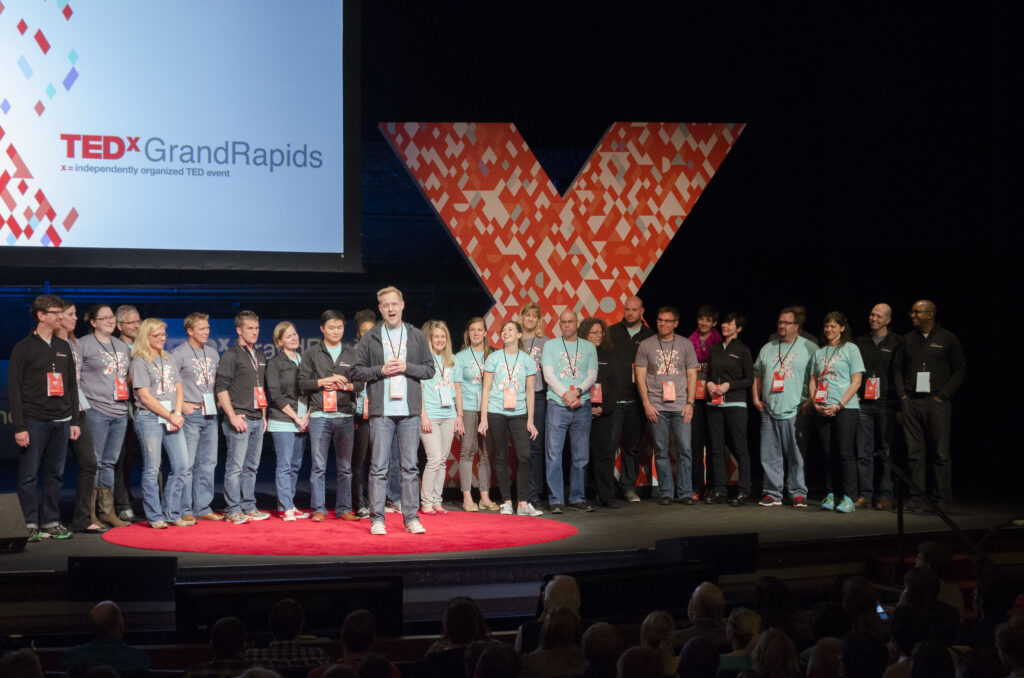
One of the elements that made TEDxGR unique was how we curated the audience. Much like the original TED Conference, attendees had to apply to attend. This was intentional. We wanted to fill the room with people who weren’t just passive listeners, but active participants, individuals ready to take the ideas presented and weave them into their own work, lives, and communities. This level of engagement led to incredible conversations, collaborations, and connections—both during the event and in the months that followed.
The live audience was just the beginning. In later years, we simulcast the event to local high schools and sent speakers to visit classrooms after their talks. This expanded our audience to over 2,000 people and sparked important conversations among students, who were perhaps encountering these types of ideas for the first time.
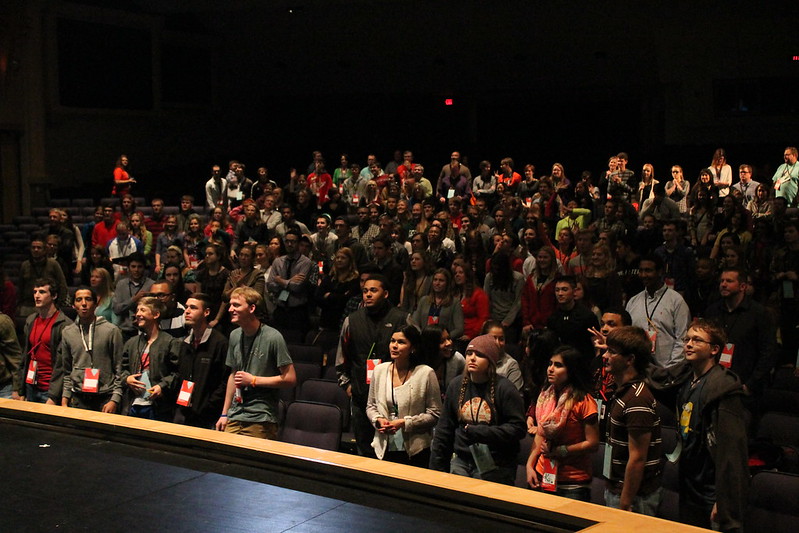
A few years ago, an attempt was made to revive TEDxGrandRapids. Unfortunately, it didn’t take off. When I met the new organizer early in the process, I offered this advice:
1. Don’t replicate the past: Too much time has passed, and the world has changed. Start by talking to the community and discovering what the event needs to be today.
2. Build a strong, inspired team: The team you assemble will determine the event’s success. Remember: all organizations are perfectly designed for the results they get. Focus on finding passionate individuals, then give them the space to let the event’s new identity emerge through collaboration.
3. Make it inclusive: One of the areas where TEDxGR would struggled today is in its exclusivity. If you’re bringing TEDx back, ensure it’s accessible and representative of a broader spectrum of voices.
4. Do it for less: $200,000 in sponsorships was significant for a single-day event. Find ways to make it more sustainable.
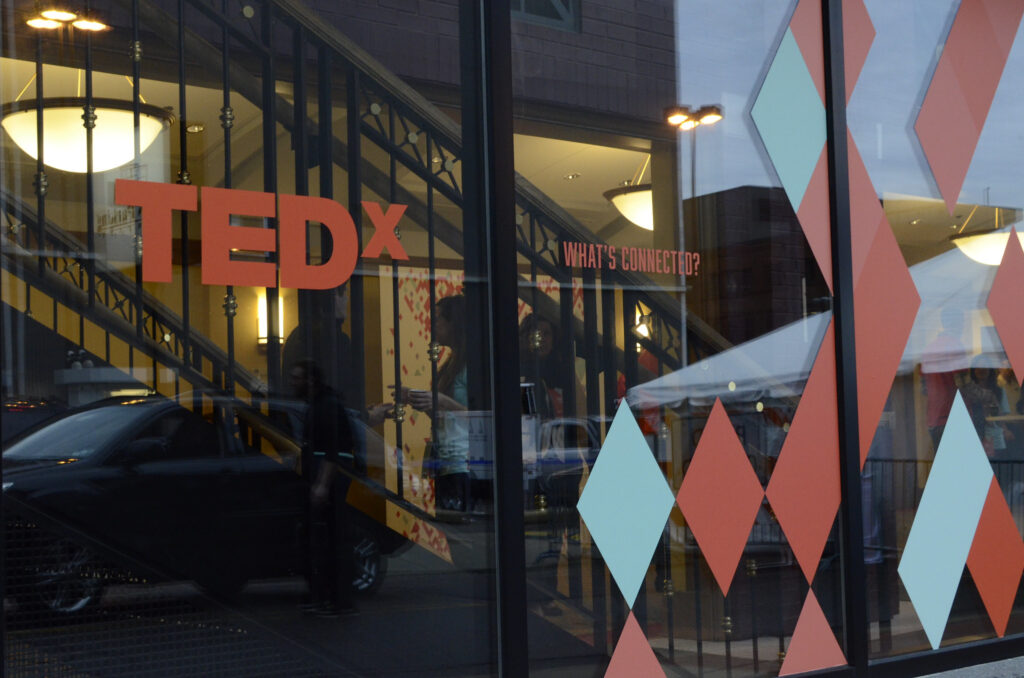
My time with TEDxGrandRapids was one of immense growth, both for me and for our community. I’m proud of the legacy we created and hopeful for what future iterations of the event might bring to Grand Rapids (Anyone?). While the event has yet to return, the spirit of TEDxGR lives on in the conversations we started and the connections we made.
